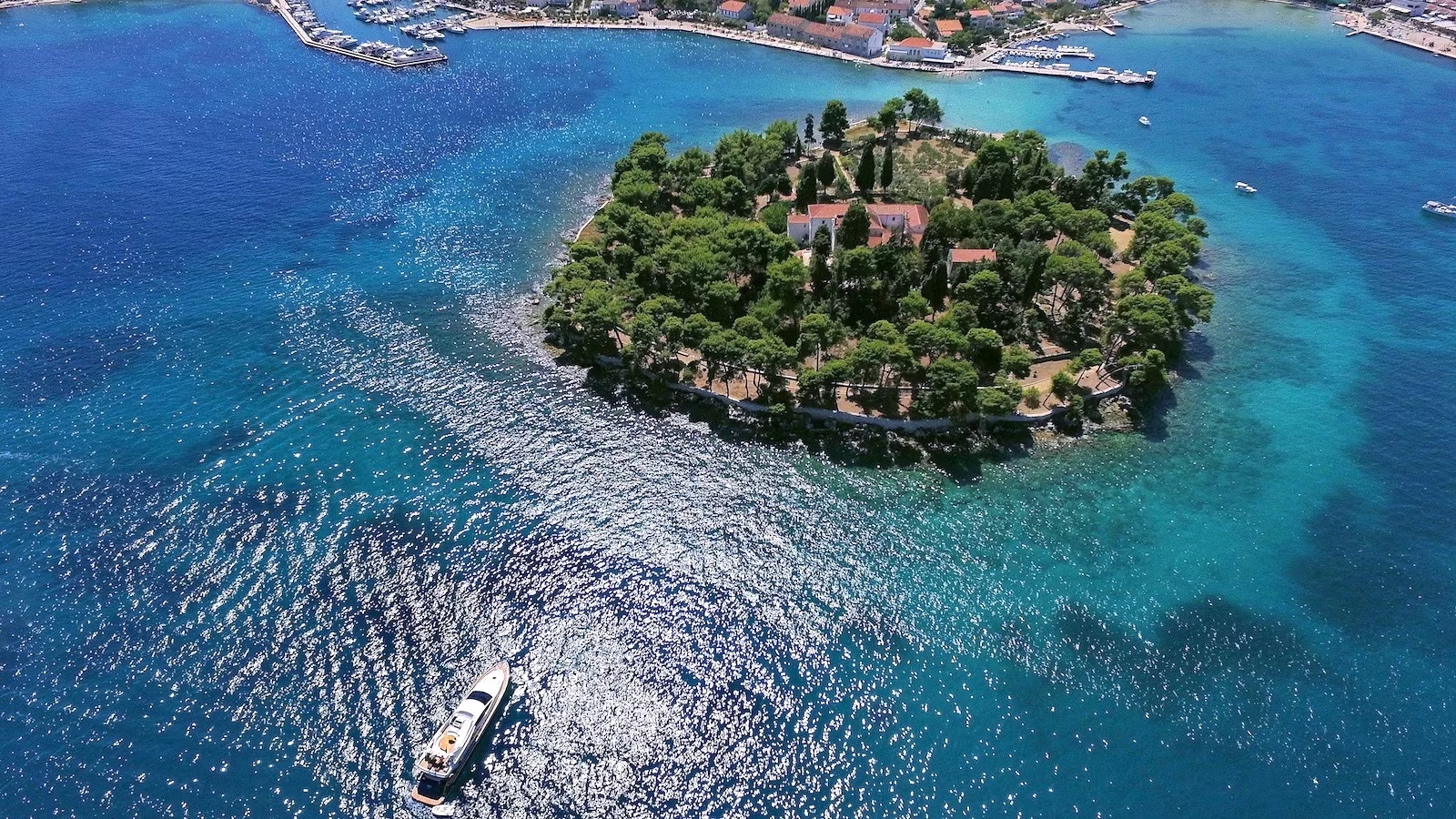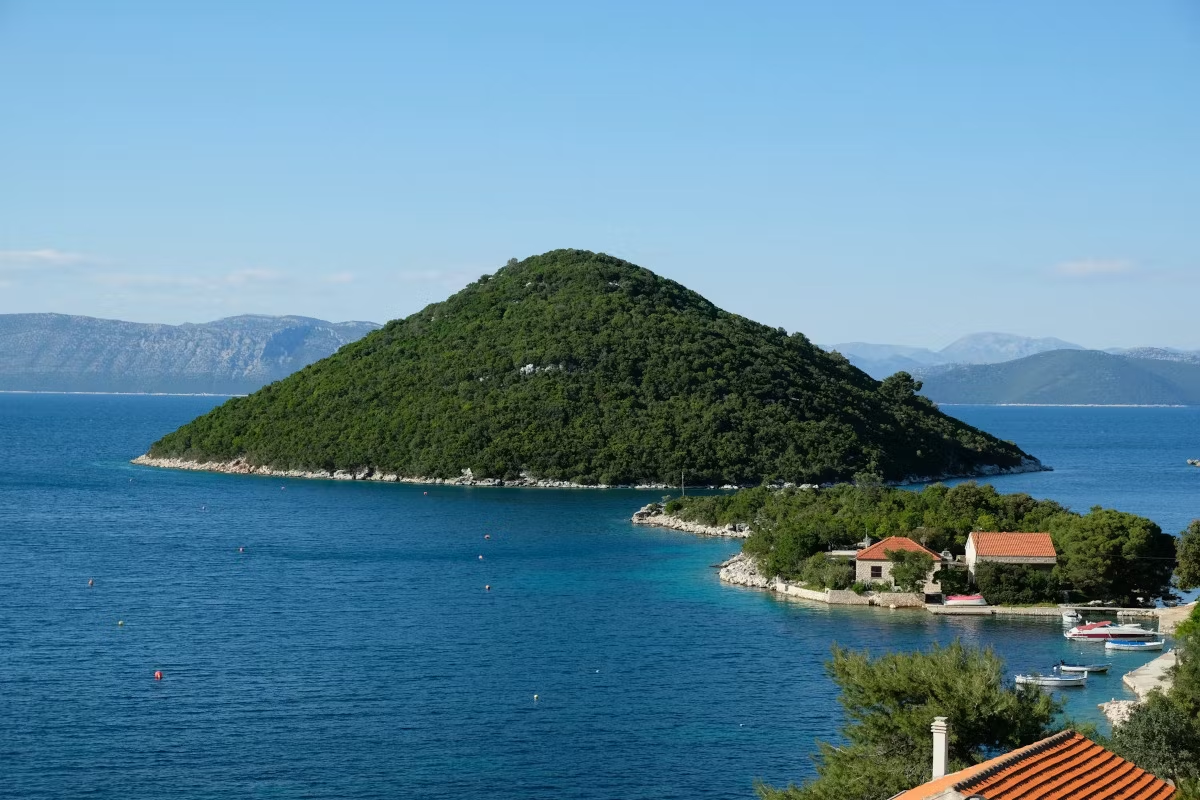
Timeless Treasure: The Top 5 Archaeological Sites To Explore In Croatia
From ancient Roman capitals to stone forums, Croatia's coastline has an impressive history. Once a prized region of the Roman Empire, the popular Mediterranean destination is now home to Europe's most atmospheric archaeological sites, many of which can be explored easily from a luxury yacht charter, especially when visiting Split, Zadar, and Pula. Here are the top five sites to add to your Croatian vacation itinerary:

Diocletian's Palace, Split
Few historical landmarks feel as alive and immersive as Diocletian's Palace. Designated in 1979, this UNESCO World Heritage Site is the heart of Split, taking up a large area of the old town. Built in the 4th century AD as the retirement residence of Emperor Diocletian, the palace is one of the complete Roman complexes still in existence.
Today, its labyrinth alleyways are brimming with boutiques, wine bars, and residences. Once the emperor's ceremonial court, the ancient Peristyle Square is now a base for live music and open-air cafes. Highlights include the Temple of Jupiter, now a baptistery, and Diocletian's former mausoleum - transformed into the Cathedral of Saint Domnius.

Ancient City Of Salona
Just a short drive from Split is Salona, once the capital of the Roman province of Dalmatia and the birthplace of Emperor Diocletian. With a peak population of 6,000, this thriving city boasted all the hallmarks of Roman grandeur, with an amphitheater, forum, thermal baths, temples, and fortification walls.
Much of the city remains untouched, hidden under olive groves. The impressive amphitheater that once helped 17,000 spectators is visible today, alongside fragments of early Christian churches and remnants of intricate mosaics. Many of the artifacts uncovered here are found in Split's archaeological museum.

Roman Amphitheatre, Pula
Located northward along the coast, Pula is home to one of the world's best-preserved Roman amphitheaters. Built between 27 BCE and 68 AD, the limestone structure, known as the Pula Arena, is still complete, with all three tiers intact.
Up to 23,000 spectators gathered to witness gladiators in combat, and today, the arena hosts cultural events, film screenings, and concerts.

Roman Forum, Zadar
Zadar, an energetic coastal city with a university-town soul, offers a beautiful blend of antiquity and innovation. Once a Roman colony for over 500 years, Zadar's archaeological centerpiece is its Roman Forum, constructed between the 1st and 3rd centuries AD.
Here, stone remnants of temples and columns can still be found in the town square. One pillar, later dubbed the "Pillar of Shame," was used to punish criminals in medieval times. Zadar's excellent Archaeological Museum adds even more depth to a visit.
Neanderthal Museum And Site, Krapina
Head inland to Krapina, just north of Zagreb, for a complete change of era. This quiet market town is home to the Hušnjakovo site, where over 900 Neanderthal fossils dating back 125,000 years were unearthed.
The adjacent Krapina Neanderthal Museum offers a striking, high-tech journey into prehistoric life, with lifelike reconstructions, immersive displays, and insight into early human evolution. It's an eye-opening experience that balances the Roman splendor of Croatia's coast with a different, deeper kind of history.

More from the Blog

A superyacht charter in the Adriatic Sea presents an idyllic combination of stunning coastlines and lush vineyards, crystal-clear waters and secret bays.

Renowned as the "Country of a Thousand Isles," Croatia is a stunning nation with an incredible multitude of islands and islets scattered throughout the captivating Adriatic Sea. Although officially recorded as 1000 islands, there are undoubtedly even more to be uncovered by those who embark on a yacht adventure in this stunning country. For centuries, these islands have been a sought-after destination, alluring civilizations with their crystal-clear waters, pleasant climate, fertile land, and abundant sunshine.

Croatia, known as the "Land of a Thousand Islands," is a breathtaking country boasting a vast number of islands and islets scattered in the Adriatic Sea.

With over 1,000 islands along its coastline, exploring the archipelagos of Croatia is best experienced aboard a luxury yacht charter. This not only gives you the ultimate flexibility and freedom for an island-hopping itinerary but also the exclusivity and privacy a yacht provides.